If you’ve ever been told that gardening is easy, you’ve been lied to.
The truth often hurts, doesn’t it?
Or perhaps the truth has been stretched and contorted so much that fiction sounds better than reality. After all, most of us wish to listen to a good story with a fairy tale ending… and the fruits of their labor extended way beyond the growing season, providing an abundance of food for months and months to come. The end.

Well, in order to get to the end, you have to start at the beginning.
You’d imagine that it starts with seeds, but in fact, it originates with the soil.
So, what kind of garden soil do you have? Is it good for growing everything, or just a few select crops?
And then there is the issue of sun and shade. Do you enjoy eating vegetables that grow under both conditions?
Does your climate produce too much moisture, or not nearly enough?
See what I’m getting at here? To say that “gardening is easy” is a blanket statement, which hasn’t even taken into account your gardening skills, such as being able to germinate seeds, ward off voracious plant-eaters, attract beneficial insects, or how to safely preserve your crops.
In gardening, it doesn’t matter whether you have a green thumb or not, plants die or fail to grow for this reason or that. Not because of anything you have done wrong, but that a certain growing condition wasn’t met.
There are even 15 mistakes that even the most experienced tomato gardeners can make.
Trust me, a garden can fail for several reasons, not all of them do we have control over.
What about all the easy-to-grow vegetables?
It is true that some vegetables are easier than others to plant and tend to.
Some of them are long-lasting perennials that are planted just once, providing you with that fantastic crop to harvest year after year after year. Perennials have more of a storybook vibe to them, yet for the most part, humans have the tendency to consume annuals.
Among the easiest vegetables to grow are:
- lettuce
- chives (perennial)
- garlic
- onions
- beets
- zucchini
- radishes
- green beans
- kale
- rhubarb (another perennial)
- potatoes – difficult or easy to grow? That is up for you to decide.
If you are looking for easy-to-grow fruits, you’ll find that strawberries, raspberries and blackberries often top the list.
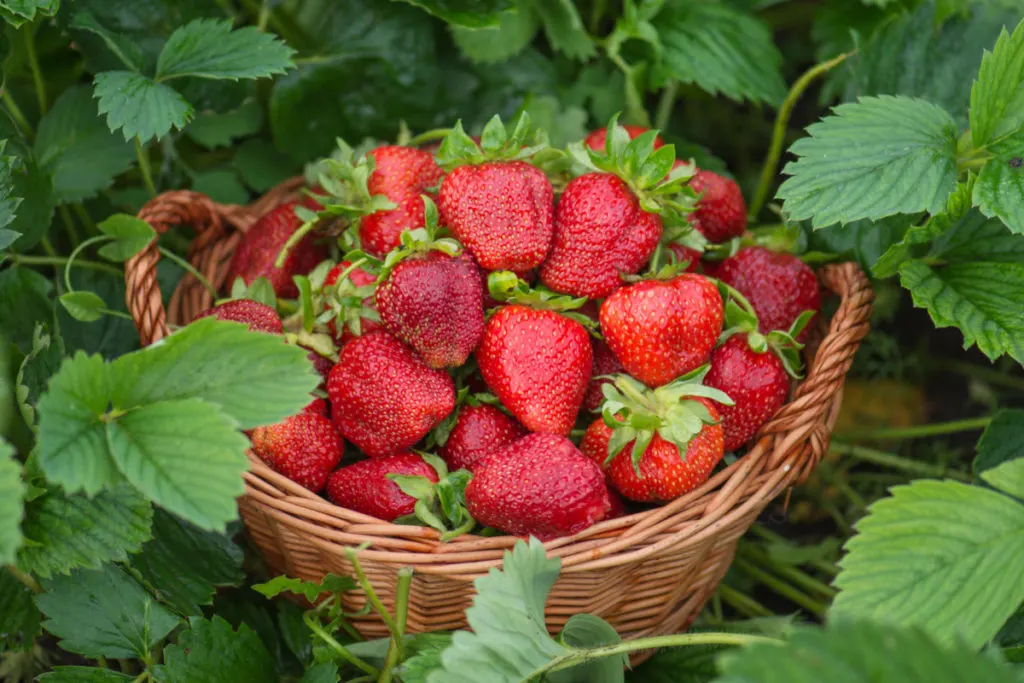
Think about it for a minute, even if you only grew what was easiest to grow, you may still run into problems. Kale and other greens are susceptible to cabbage aphids, fungal diseases and downy mildew. But you wouldn’t know that based on the near-perfect leaves you buy from the store.
If the greengrocer displayed kale leaves full of holes, would you buy them? Probably not. Yet, the chances of having holey leaves from your garden is definitely there. In that case, you are going to eat them regardless of appearance.
Easy enough?
The “hardest” vegetables to grow
Hardest, not in the sense that they are beyond difficult to grow (they aren’t!), rather that each vegetable comes with its own set of complications.
You’ll find this growing information across all manner of gardening websites in the form of mistakes that gardeners make, or growing problems of enter-name-of-vegetable here.
Here we have compiled a list of the hardest vegetables to grow, why they are a challenge and how to overcome the problems.
This article is not to dissuade you from trying to grow any particular crop in your garden, it is to encourage you to learn as you grow. What is easy for you, may be difficult for someone else.
Always take the time to share your knowledge and help other gardeners get past their growing problems. In the process, you might learn something new too.
1. Potatoes
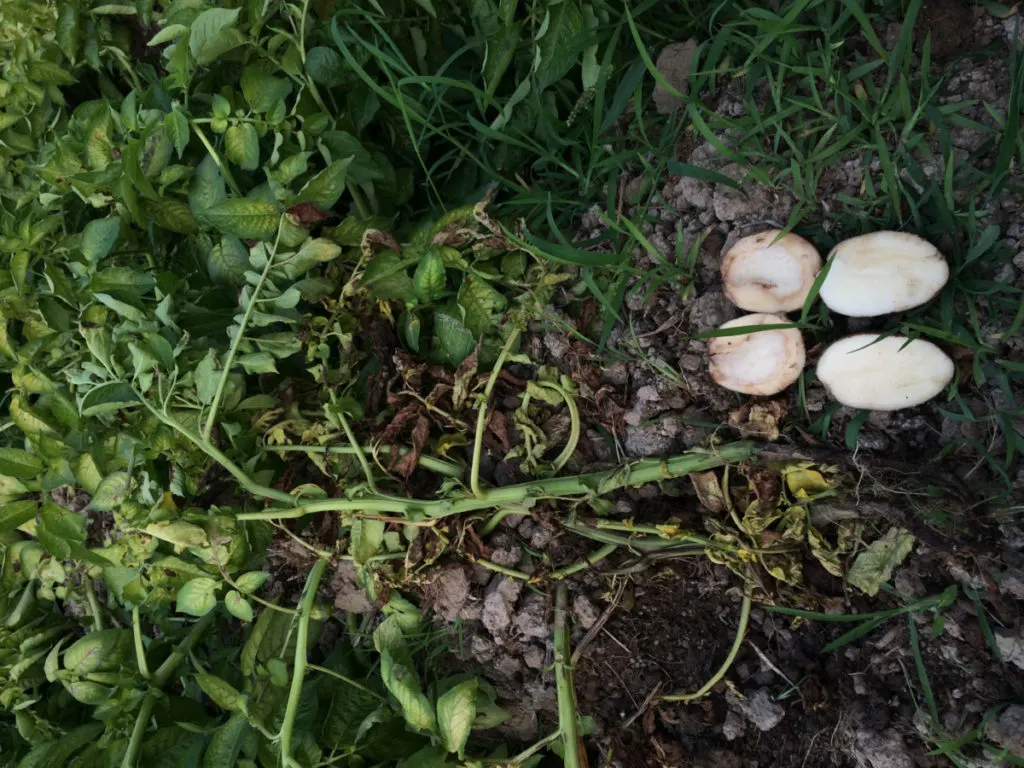
Let’s start with the humble potato, since it often appears on lists of the easiest vegetables to grow.
Having had the experience of growing potatoes for several years, however, our crops have never been steadily abundant. As potatoes are often field-grown, a lot depends on the weather. Which as you know, is never predictable.
If it doesn’t rain enough (potatoes need about 1 to 2 inches of rain per week), your potatoes will be small and hard to harvest. Too much moisture and your potatoes may even rot in the ground. Combine that with heavy clay soil and perhaps you should’ve spent your time on growing another crop altogether.
Water in moderation is key to a fantastic harvest.
But, that’s not all about the difficulties of growing potatoes.
The biggest problem we’ve had with growing potatoes is the Colorado potato beetle. Once you’ve seen it, it is an insect that will be in your mind forever.
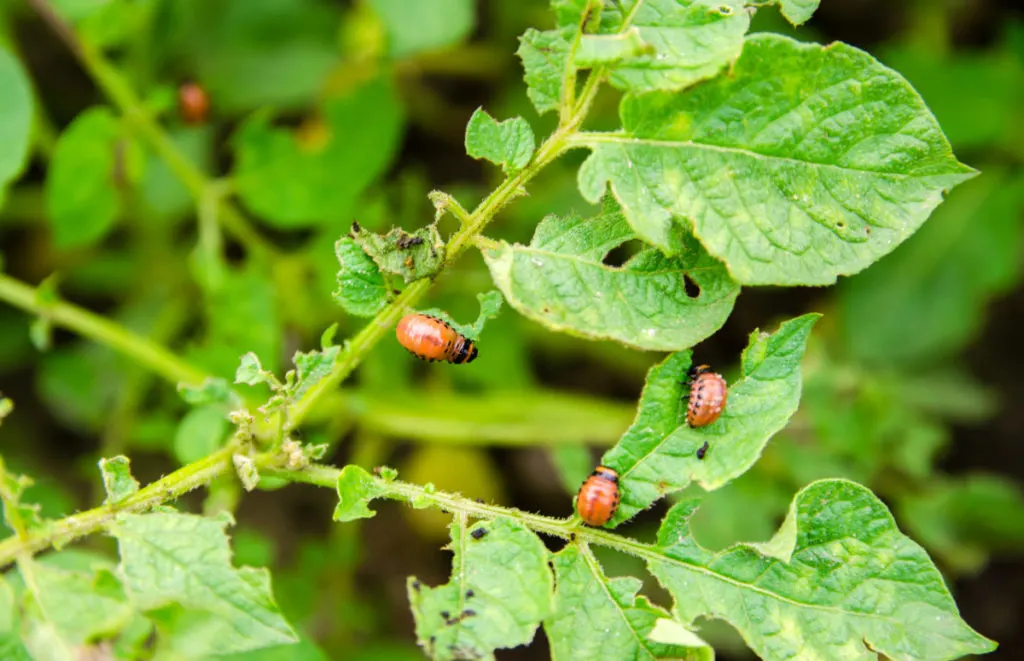
You’ll know its egg laying habits, its hiding habits, its drop-to-the-ground-you-can’t-see-me escape habits.
While there are chemical applications that can make their disappearance faster, manual control is what many organic gardeners choose. And let me tell you that it brings a whole new meaning to expensive potatoes! All that time spent squashing bugs when they just keep coming because your neighbors are also growing potatoes.
Adult Colorado beetles will overwinter 4-12″ in the soil and will fly for several miles to eat what they like best. This makes them very hard to manage. But we’ve got some helpful tips to manage Colorado potato beetles here.
The right kind of soil for growing potatoes
Just as you may be picky about how your potatoes are baked, fried or mashed, your potatoes are choosey about the type of soil they are grown in. If you can provide them with a well-draining soil, then you are off to a great start. If not, you may encounter the problems we already mentioned above: potatoes do not grow well in overly wet conditions.
Potatoes take a lot of work
Anyone who has ever worked outside with me, classifies me as a hard worker. Efficient, good-quality work is something that I am always after, yet when it comes to planting, hoeing row after row of potatoes, as well as creating hills to prevent greening of your spuds, well, I’m out.
Especially since we started no-dig gardening, it breaks my heart to move so much soil. Especially when it is not necessarily necessary.
Combine all of these points with the realization that potatoes are relatively cheap to buy (even organic) and you may start to wonder if it was all worth it? Or could that space have been better allocated in your garden.
Did we mention how much space potatoes occupy in the garden?
Potatoes take up a ton of space if grown in traditional rows. If you have plenty of ground to cover, then great. If not, there are a few ways around it to make catering to your love of potatoes easier.
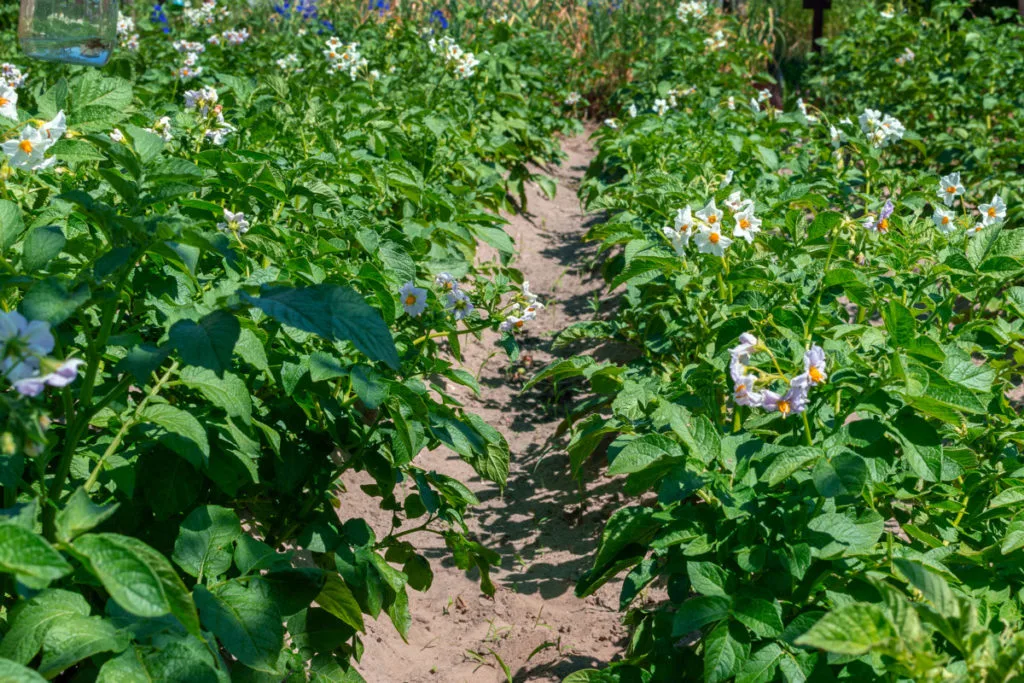
When all is said and done, we all grow a garden to eat the vegetables we love.
So, if potatoes are the one thing you absolutely cannot live without, here a few more ideas to (more easily) get you started with growing them:
- how to grow potatoes in a 5-gallon bucket
- grow potatoes in coffee sacks
- how to chit seed potatoes + planting and growing tips
- grow potatoes in raised beds
- genius ideas for growing sacks of potatoes in tiny spaces
2. Cucumbers
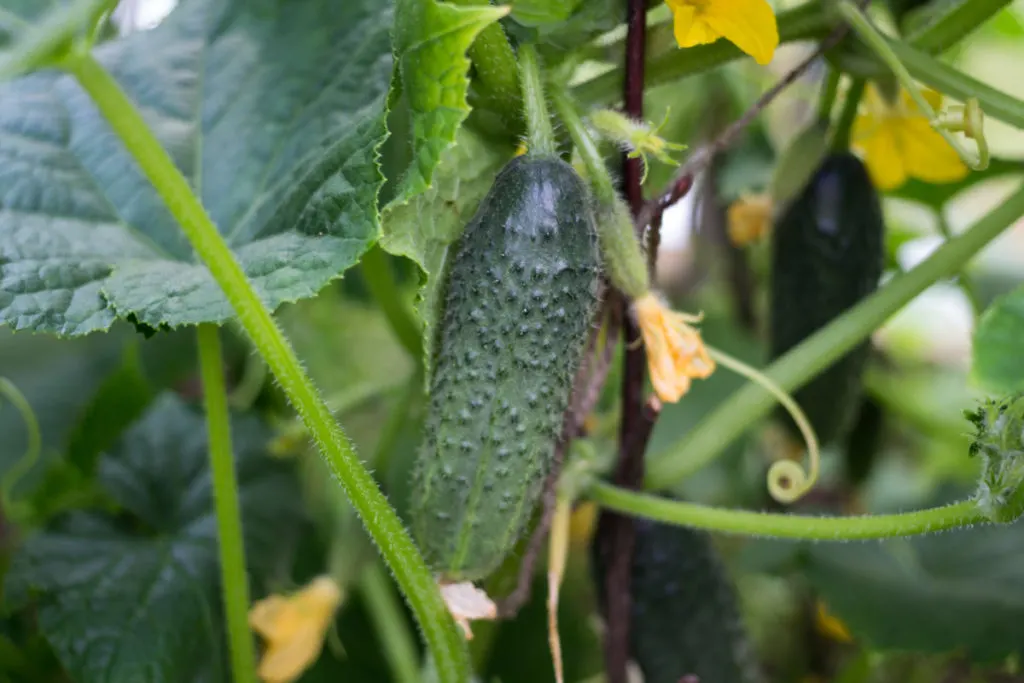
Everyone likes a good crunchy pickle. Well, okay, not everyone. But those who do should try to one day grow their own cucumbers. It’s not as easy as it seems.
Cucumbers, like potatoes, are also sensitive to the weather.
If they receive too much sun, too little water or become stressed in any way, cucumbers can become unbearably bitter. Which neither makes for a pleasurable pickle nor a plain old cucumber salad.
The same bitter compound, cucurbitacins, can also be found in zucchini, melons, pumpkins and other types of squash. If a plant tastes particularly bitter, spit it out! To find out more about why your cukes may become bitter, read more here.
It’s easy to drown your cucumbers
Just as too little water has an impact on the flavor of your cucumbers, so does too much water.
Overwatering your cucumbers will cause the fruits to yellow and die back. It will also influence the flowers in a way that lessens their chance to blossom.
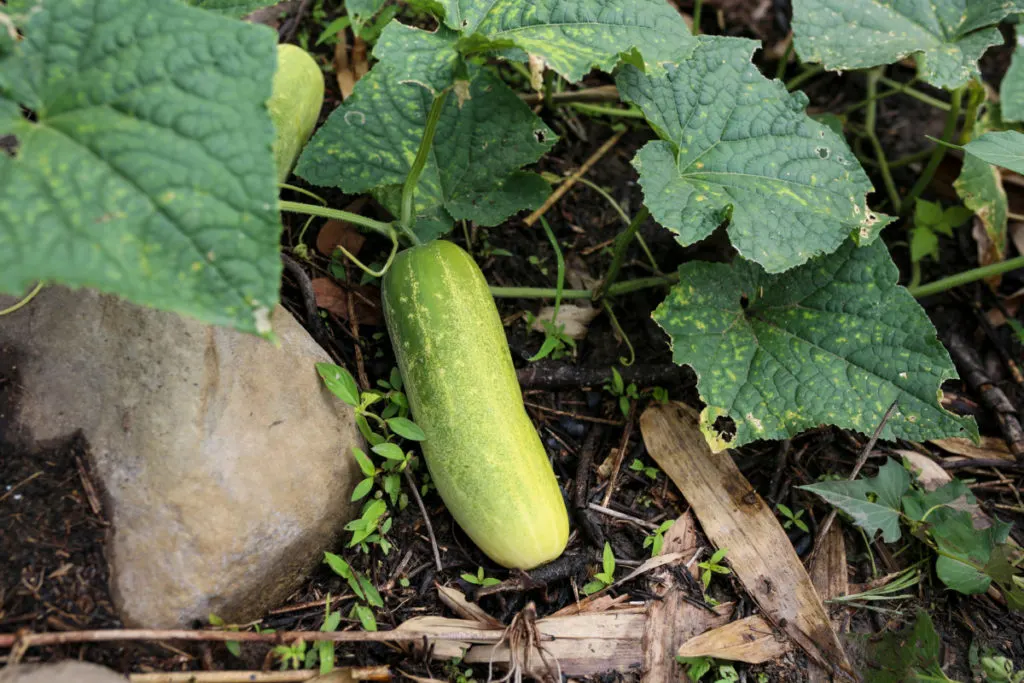
Either way, you’ll need to find a delicate balance – if the rain and sun will allow for that. If not, you may be better off growing your cucumbers in greenhouses or under row covers where you can better dish out the right amount of moisture.
Find more cucumber troubleshooting tips here.
Insects and diseases of cucumbers
Outside of unfavorable weather conditions, cucumbers area also known to attract hungry bugs and bacterial diseases. They are quite a sensitive crop when it comes down to it.
Cucumbers can suffer from any number of problems, some of which may be beyond your control. Other problems you will be able to do something about.
- cucumber beetles
- powdery and downy mildew
- cucumber mosaic virus
- bacterial wilt
- fusarium wilt
- verticillium wilt
- leaf blight
- anthracnose
- phytophthora crown and root rot
Your best bet when growing cucumbers in the garden is to be aware of what is going on. Check your plants regularly for leaf spots, for fungal growth.
Is it worth the time it takes to grow cucumbers?
If you have the gardening skills to grow cucumbers, definitely go for it. Twenty jars of pickles, come wintertime, are worth their weight in gold.
But for those of us with less than ideal weather, soil pH, or a lack of pollinators, we might want to leave the growing to someone else and plant a vegetable that is more productive.
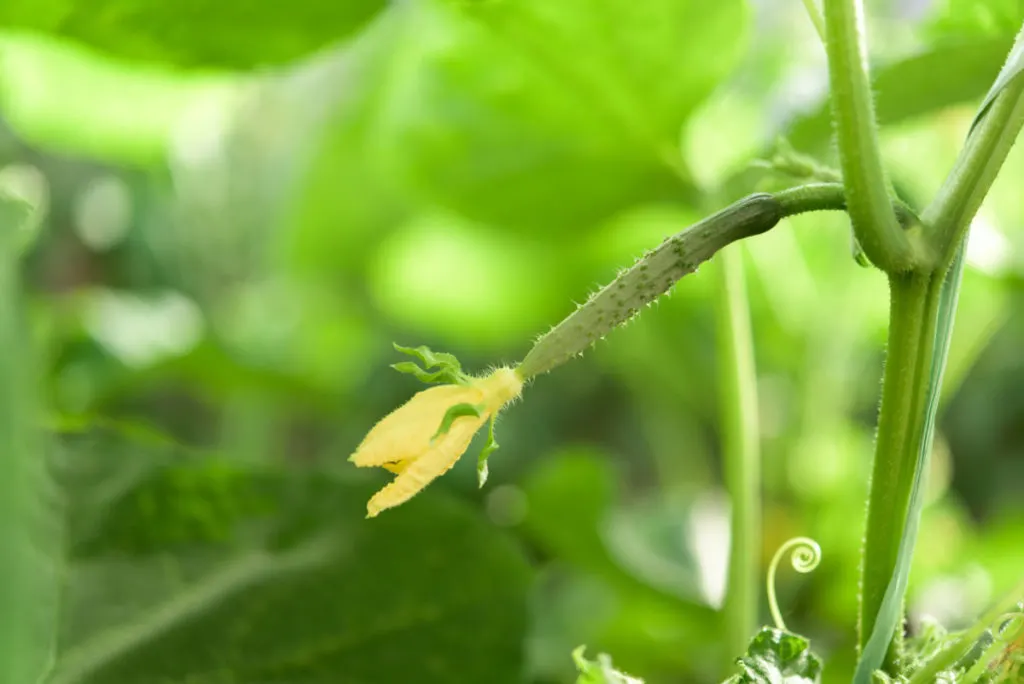
If you do choose to grow cucumbers in your garden or greenhouse, be sure to check out our cucumber companion planting guide first.
3. Squash and Pumpkins
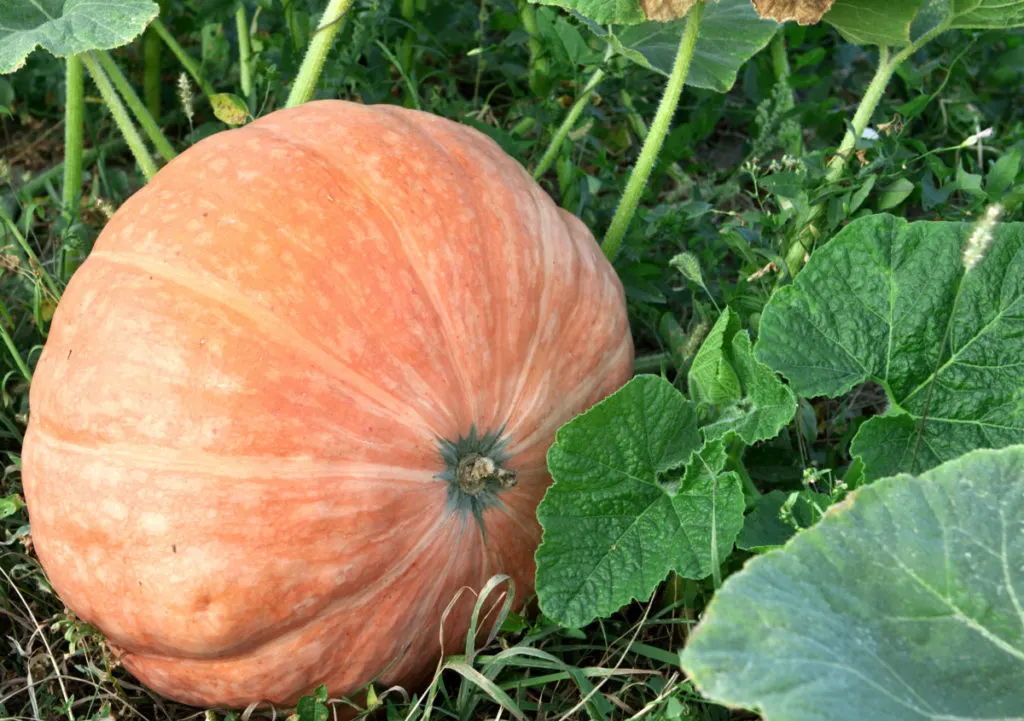
Have you ever planted a small handful of pumpkin seeds that accidentally took over your entire garden? That is the ultimate power of a seed.
It is always a plant’s intention to grow to the best of its ability, covering as much ground as possible in the process.
If your garden has all the space in the world, you may still want to grow squashes and pumpkins, regardless of their sprawling habit. The reason being that you simply love a delicious homemade squash pie fresh from the oven. Or maybe you want to carve your own pumpkins or feed your livestock.
Even with a smaller garden, you don’t have to automatically nix this one off the list. Naturally, some varieties of squash are suitable for vertical growing. Though your options are limited to smaller fruits that can be supported by the trellis or hammocks that are added later as the fruit matures.
Squash growing problems
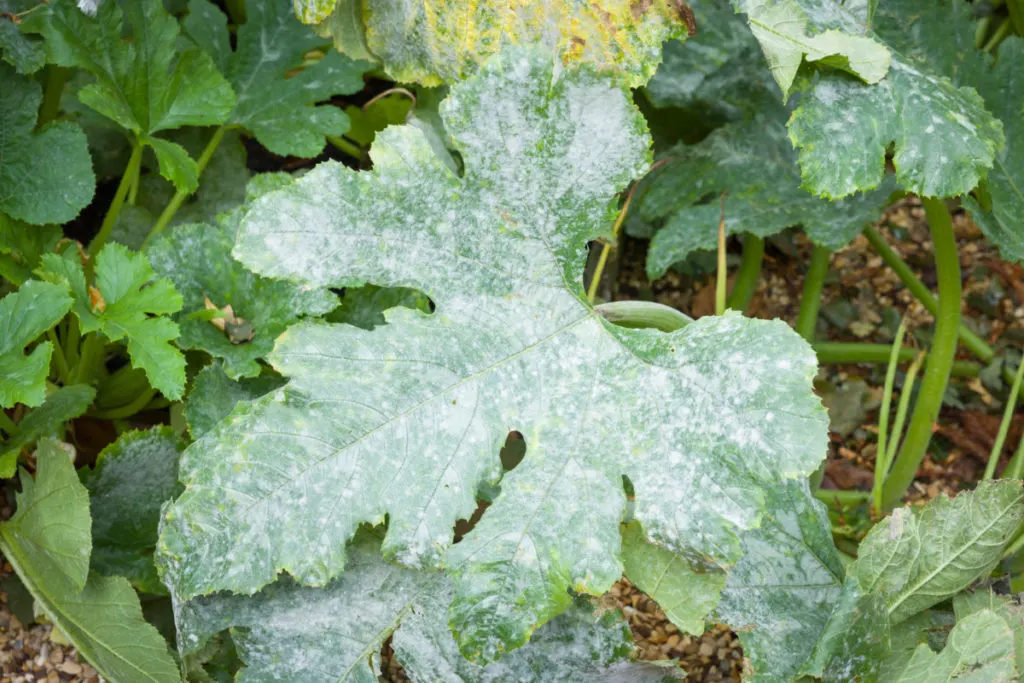
It may seem that squash is relatively easy to grow – except when it isn’t.
And it is hard to grow squash when cutworm and gray grubs are present.
They are also difficult to manage in the presence of aphids.
Spider mites, whiteflies, spotted cucumber beetles, squash borers, squash bugs and many more may come to visit your garden as well. Mostly this occurs when there is an imbalance in your particular ecosystem.
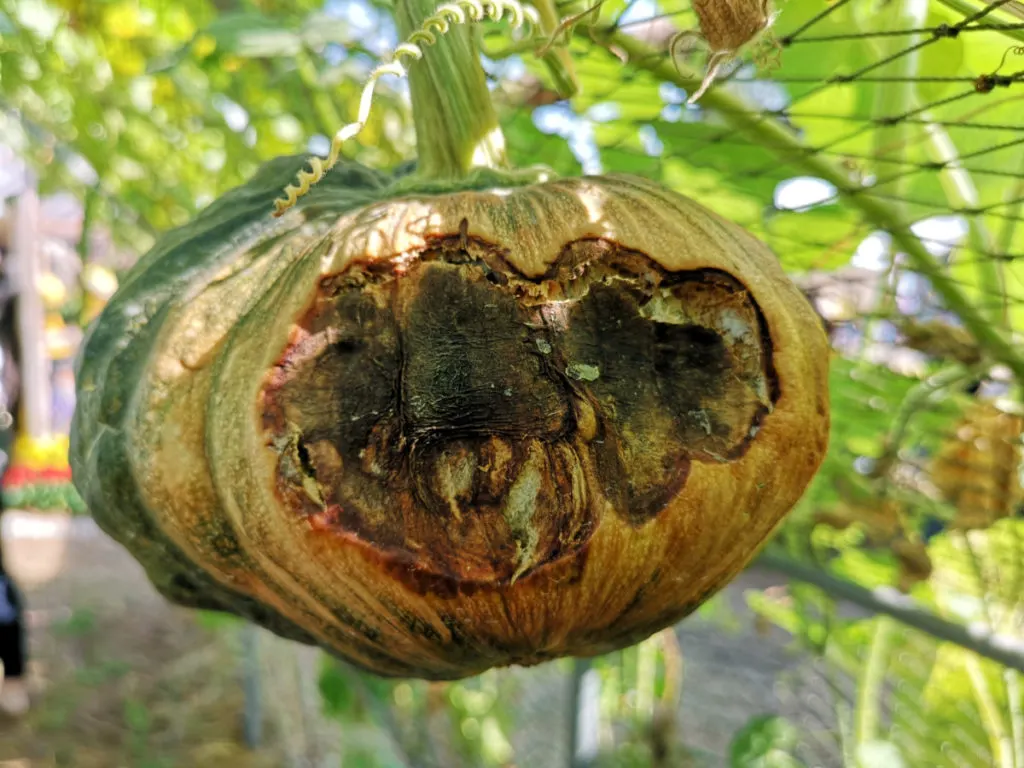
There are many remedies to your squash problems, ranging from floating row covers to insecticidal soap sprays, all the way to the reintroduction of beneficial insects. Because squashes spend a lot of time ripening in the garden, they are bound to need your assistance at some point during the growing season.
More difficulties to consider when growing squash
If you are keen on saving your squash seeds, know that your squash can cross-pollinate with other squashes and gourds. This means that the fruit you consume will not be affected, but you cannot save reliable seeds to plant next year. That kind of takes the fun out of saving seeds…
Growing squash also takes the right kind of weather. If it is too hot and humid, existing fruit can be aborted by the plant to preserve nutrients. Too much rain and the drops can splash fungal disease onto the leaves, resulting in one or more of the problems above. To combat this, be sure to heavily mulch around the base of your squashes and pumpkins.
Mulching also helps the soil stay moist, as squashes are very water needy.
They also like a nicely prepared soil, with just the right amount of fertilizer and compost. Improper soil conditions, such as excessive nitrogen is bad for producing fruits. These are but some of the many things to think about when contemplating a patch of sprawling squash in your garden.
Setting all degrees of difficulty to grow aside, harvested fruits are often relatively cheap to buy. Again, if you have little space in your garden, perhaps another, more space-efficient vegetable/fruit would be more suitable.
The best way to get started with growing squashes and pumpkins is to plant a few small nests and see what emerges. Then increase, or decrease, the amount of seeds you plant the following season.
4. Carrots
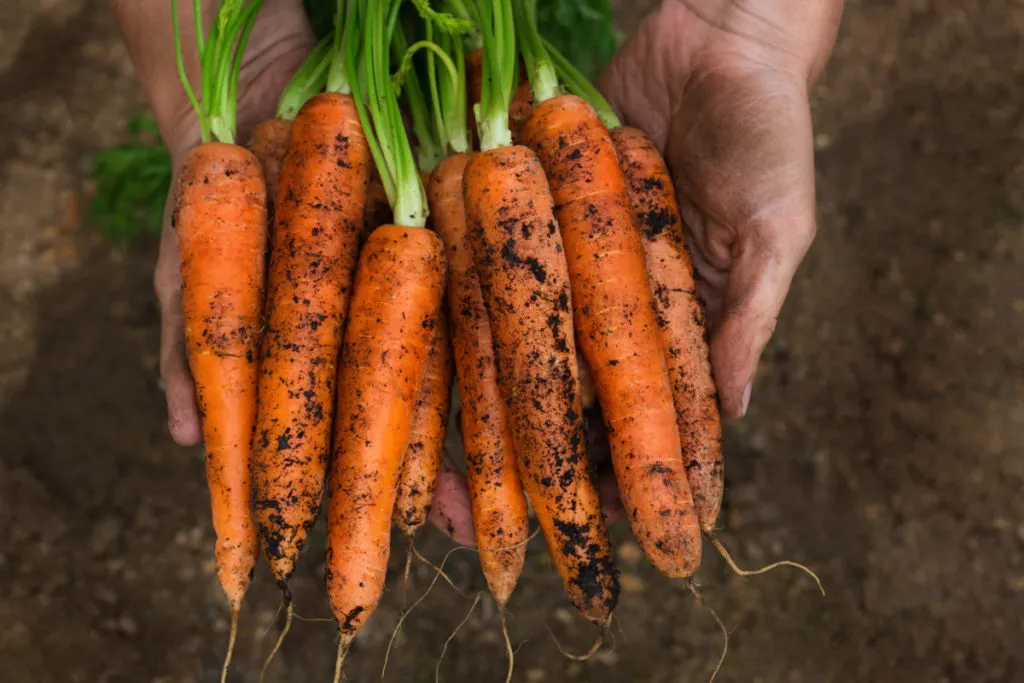
You are all familiar with carrots from the store. Cylindrical and long, with or without pointy tips. And mostly without their nutritious, delicious and crazy good carrot tops.
In all our years of planting carrots, ours mostly turn out a bit quirky. Twisted, with funky thighs and legs, all manner of shapes and sizes, with an occasional mammoth one pushing out of the ground. They are tasty, but I’m not certain anyone would ever want to buy them.
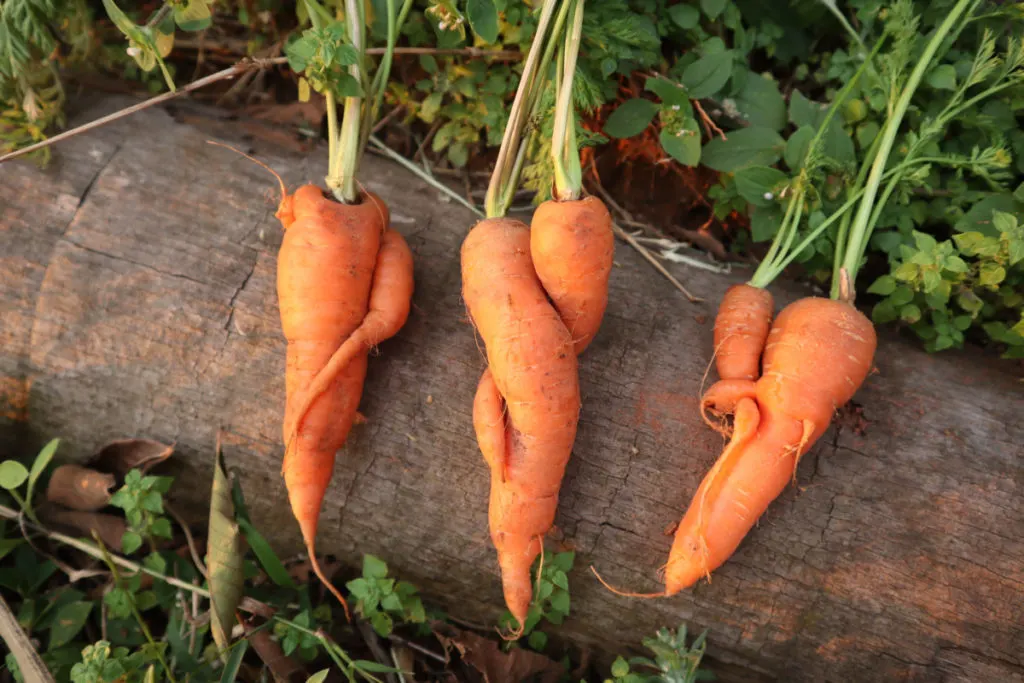
Getting your carrots to germinate
The first challenge of growing carrots is in getting them to germinate.
The seeds are quite tiny and although they often have a good germination rate, they are sensitive to soil temperatures and compacted soil.
Carrots germinate best when the soil temperature is 55-75°F (13-24°C). Any warmer than that and they will struggle. The soil must also be moist, but not soaking wet.
In addition to that, carrots prefer a loamy, loose and well-draining soil. They will not do well in a heavy clay soil. In essence, your chances of having a good crop start right here with your soil type. Of course, you can always try to modify your soil by adding sand or compost, but sometimes you just have to work with what you have.
If your garden isn’t suitable, you can always try growing carrots in containers.
Other difficulties with growing carrots
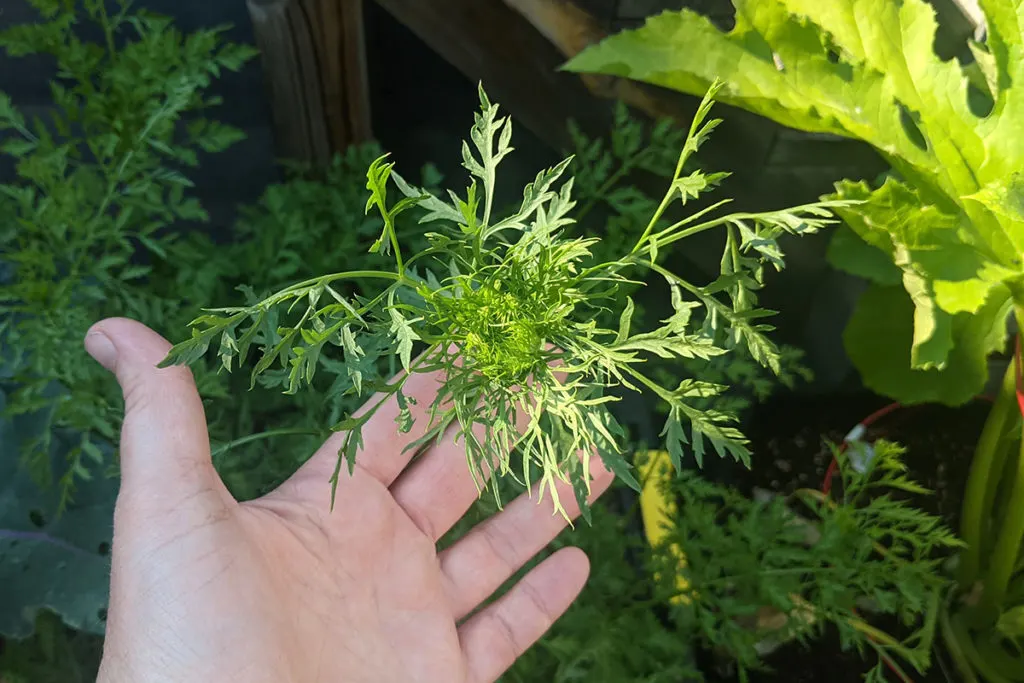
- plants quickly go to seed without developing the roots
- green carrot shoulders are bitter
- narrow carrots (due to improper thinning)
- deformed carrots (due to soil conditions, rocks and other things)
- carrot nematodes
- cracked carrots
- covered in tiny roots (too much nitrogen)
Yes, carrots are definitely a challenge to grow. But we’ve got some great tips on how you can grow carrots better in your garden. That way, a homemade carrot cake is only a spade away.
5. Celery
Stalk celery is much harder to grow than its cousin, celeriac. That’s the truth that I have personally experienced.
Given that celery is so good for your body, why do so few gardeners plant it?
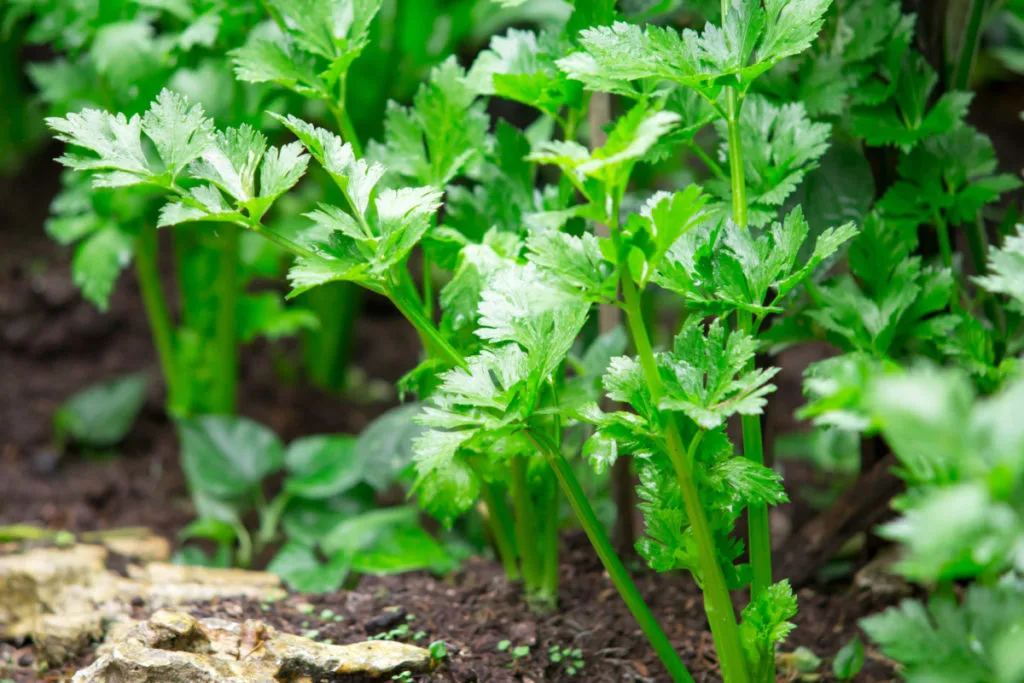
Maybe because homegrown celery is notorious for being difficult to grow.
It bolts early, creates more leaves than stalks, or becomes bitter or tough – or all of the above.
Celery is sensitive to changes in the weather
If you’ve never grown celery before, it is wise to know about its preferences before planting. Celery has a more narrow temperature range than other garden vegetables, preferring 60-70°F (15-21°C). It will not grow well in conditions any hotter than this.
For this reason, it is excluded from many gardens.
At the same time, celery also takes about 130-140 days to reach maturity. That’s a long growing season! Don’t forget that germination takes about 4 weeks as well.
Combine that with a narrow temperature range and you’ll immediately see why it may be hard, if not downright difficult, for you to grow.
If the inner celery stalks and leaves die…
Celery blackheart. Doesn’t sound like too much fun, does it?
This results from a calcium deficiency in the soil, that inhibits the uptake of water.
Celery can also be afflicted with the following conditions:
- nematodes that stunt the growing plants
- rotting seeds, due to cold, moist soil
- wireworm bore into roots
- earwigs devour the foliage
- leafminer larvae affect the leaves
- caterpillars chew holes in leaves and stalks
- blister beetles, tomato hornworms, snail, slugs, celery worms, cabbage loopers all enjoy an occasional bite
- fungus, blight, fusarium wilt, leaf spot, pink rot fungus
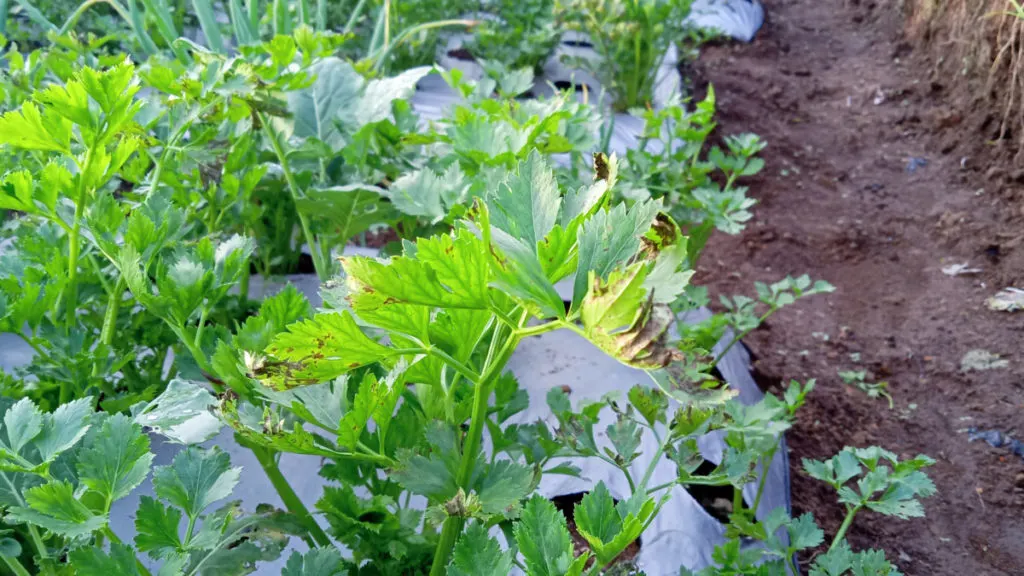
And the list could go on, though luckily not forever.
If celery is one of the go-to vegetables that you routinely purchase at the market or store, it may still be worth trying to grow it at home. If nothing else, then for the challenge of learning something new.
Read up on how to grow celery, so you can provide it with everything that it needs to thrive in your garden.
6. Cauliflower
A good head of cauliflower can be transformed into the tastiest of dishes.
Cauliflower pizza, keto cauliflower wings, loaded cauliflower, buttery mashed cauliflower and more.
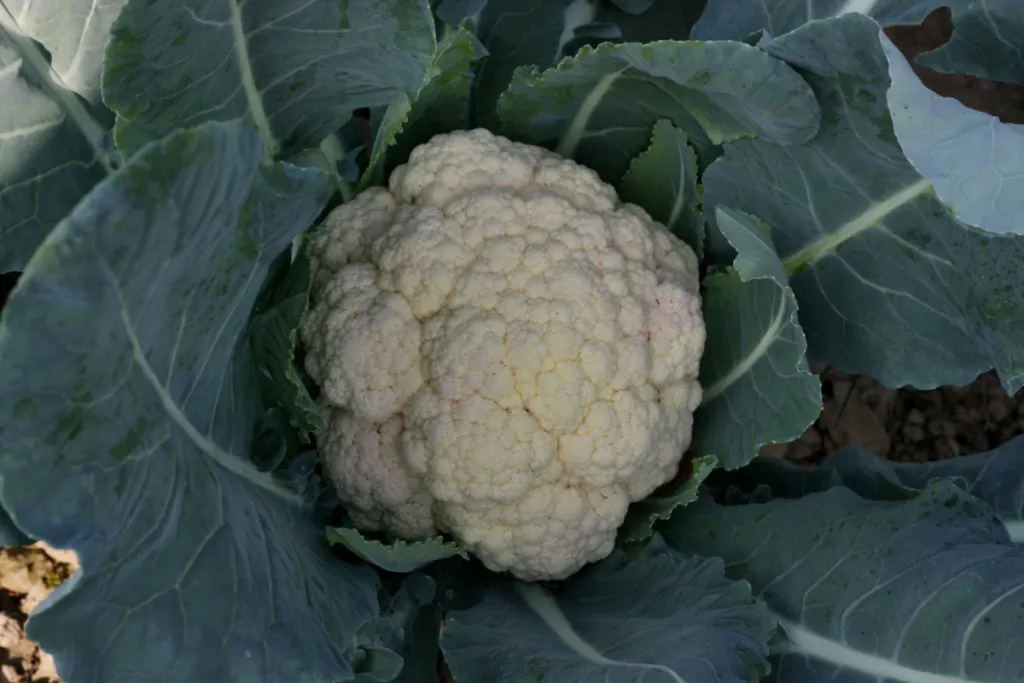
If you are sitting on the fence about introducing some more low-carb vegetables into your diet, cauliflower is great place to start. It can easily be used in place of potatoes and rice, making for a versatile vegetable indeed.
Yet, if you’ve ever tried to grow cauliflower in your own garden, it may not have grown as expected. To be perfectly honest, maybe it didn’t even look a thing like you would buy from the supermarket.
Because cauliflower is hard to grow.
Tasty to eat and difficult to cultivate – for more than one reason.
Cauliflower, like celery, is sensitive to temperature changes.
After just one gardening season you will be well aware of the notion that relying on nature doesn’t always cut it. It rains, it pours, it gets cold one day and blazing hot the next.
Cauliflower doesn’t like change.
It prefers growing temperatures that don’t fluctuate far from the 60°F-range.
Cauliflower prefers consistency in all things: moisture, fertilizer, nutrients in the soil and an absence of insects.
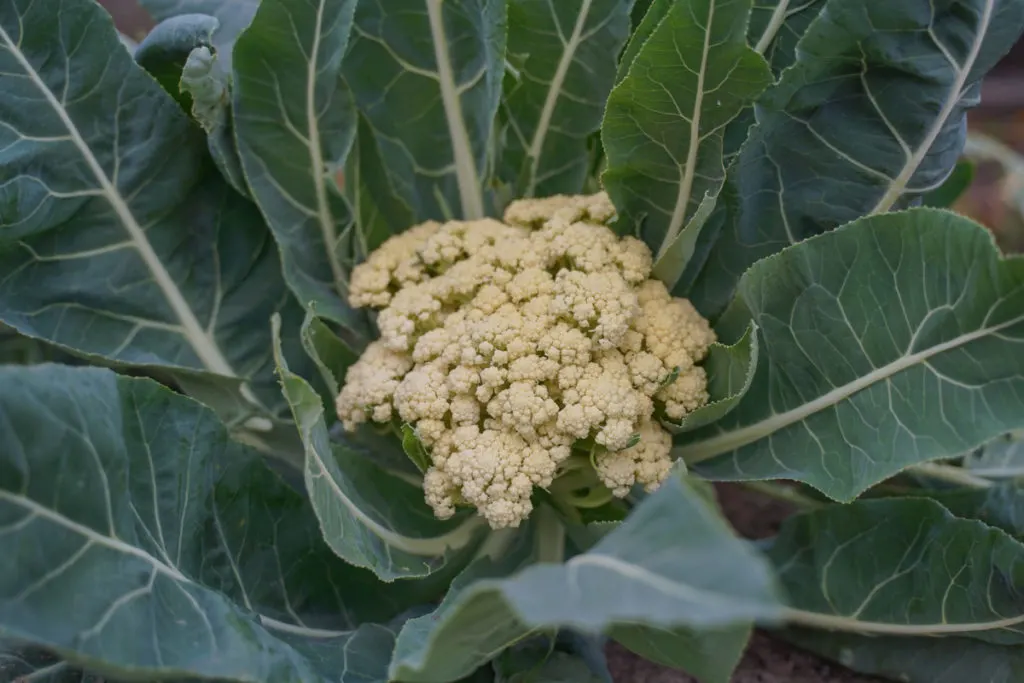
To disturb a growing head is to prevent it from forming just one. In fact, if it becomes unhappy, it may “button”. That is, form several small heads, instead of the large single one that you are used to seeing.
Another problem with growing cauliflower is that it takes extra care to keep the curd (the white head) completely white. If you’ve ever seen discoloring, ranging from yellow to brown, you’ll know that is was missing some essential nutrients in the soil.
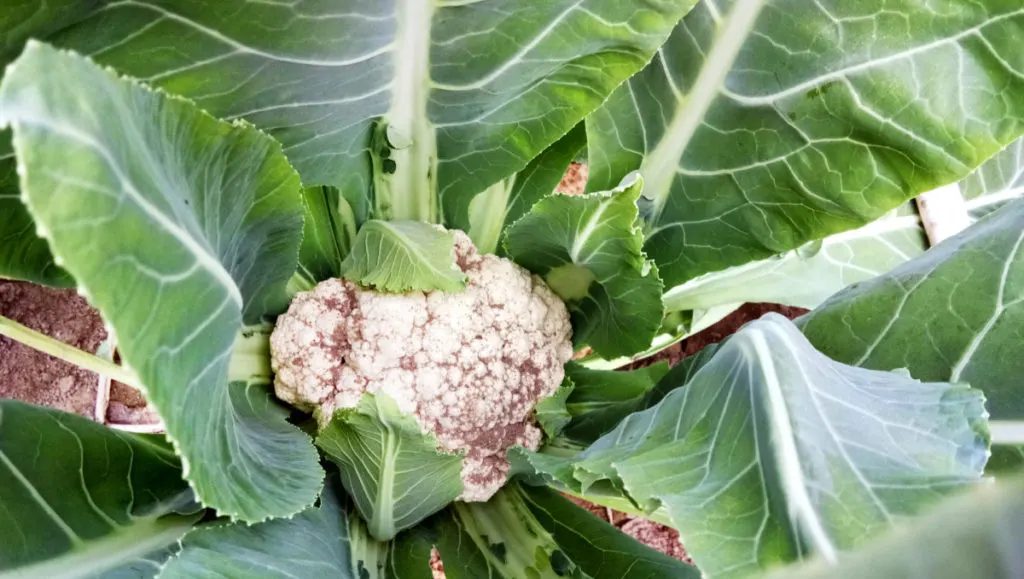
There is an art to growing cauliflower that comes with experience and a willingness to try new things..
If you are keen to learn a new gardening skill, here is all you need to know about growing cauliflower.
7. Head Lettuce
It seems so simple to grow lettuce.
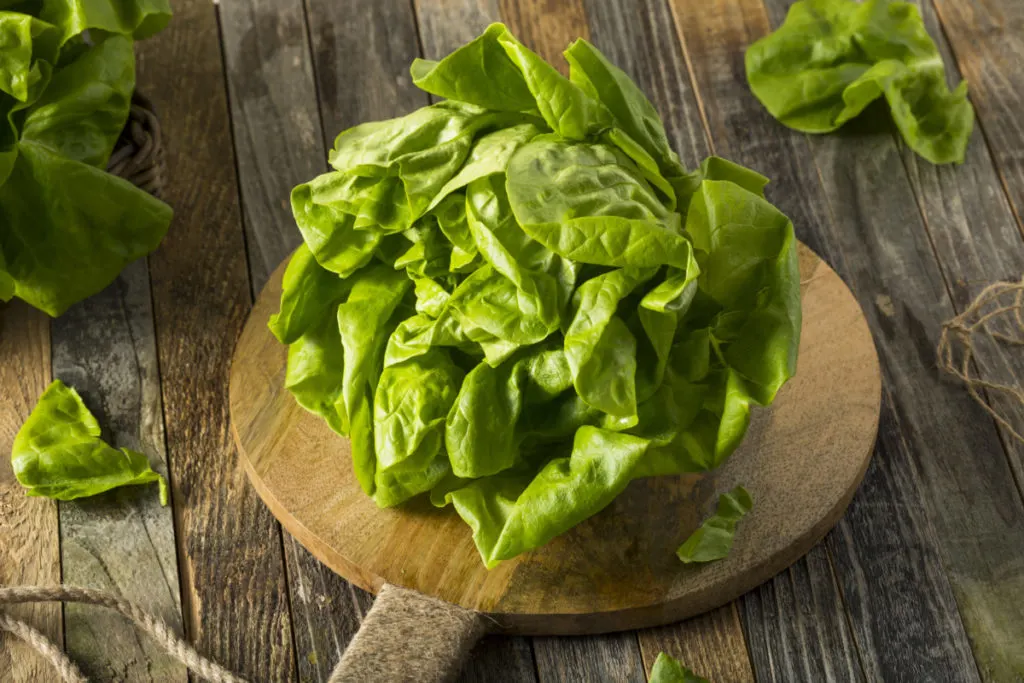
Plant the small seeds, cover lightly, watch them grow and harvest fresh for salads and burgers aplenty. That’s an easy enough plan to follow.
And for cut-and-come-again leaf lettuce, that is more or less how it is. Of course, you also have to watch out for slugs, rabbits, deer and other critters in your garden. But, there are plenty or remedies for those situations.
Cultivating a gorgeous head of lettuce requires a bit more know-how.
Like all veggies in this list of hard-to-grow vegetables, lettuce has its own weather preferences.
As such, it reacts to heat, sunlight and day length, not always in a positive way. Too much heat and your lettuce will instantly bolt and go to seed. This results in more bitter leaves.
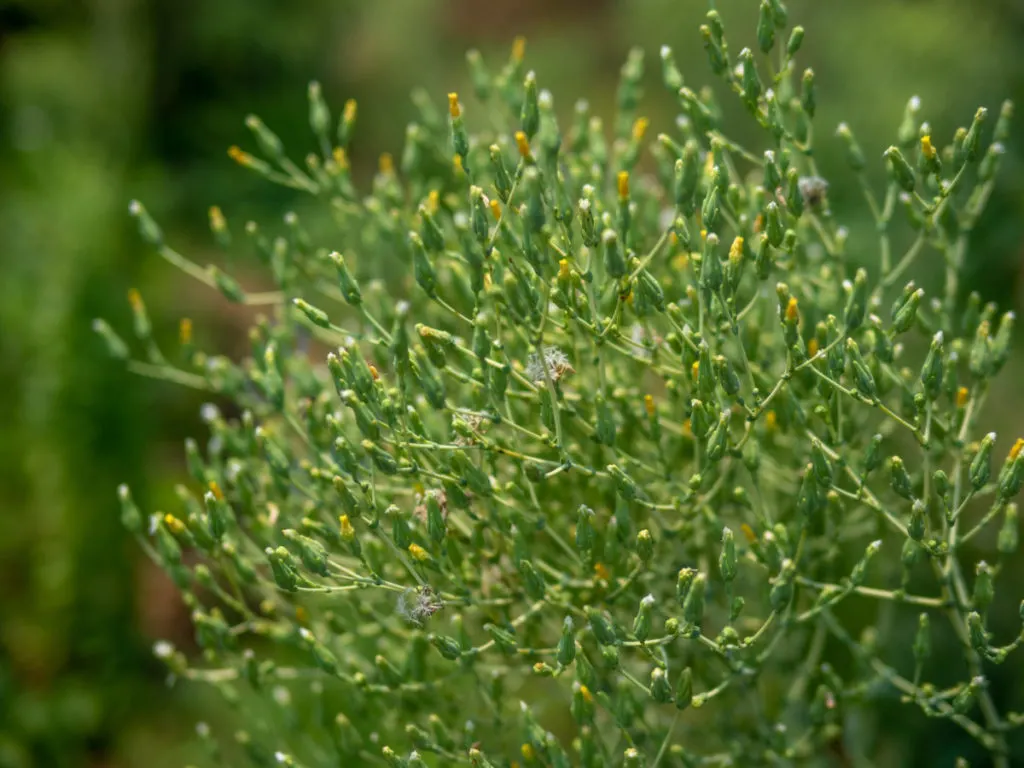
Lettuce will burn in the sun, so you also need to provide shade in a sunny garden. This can be accomplished with the use of shade cloths or planting it in the shade of taller crops. Don’t forget about treating your lettuce to a companion plant either.
The bottom line with tending to head lettuce is that it requires a lot of water, modest temperatures and some partial shade. You’ll also be tending to it longer than your leaf lettuce. It takes 70 days or more to come to maturity, as opposed to 30-40 days for lettuce that you can pluck leaf-by-leaf.
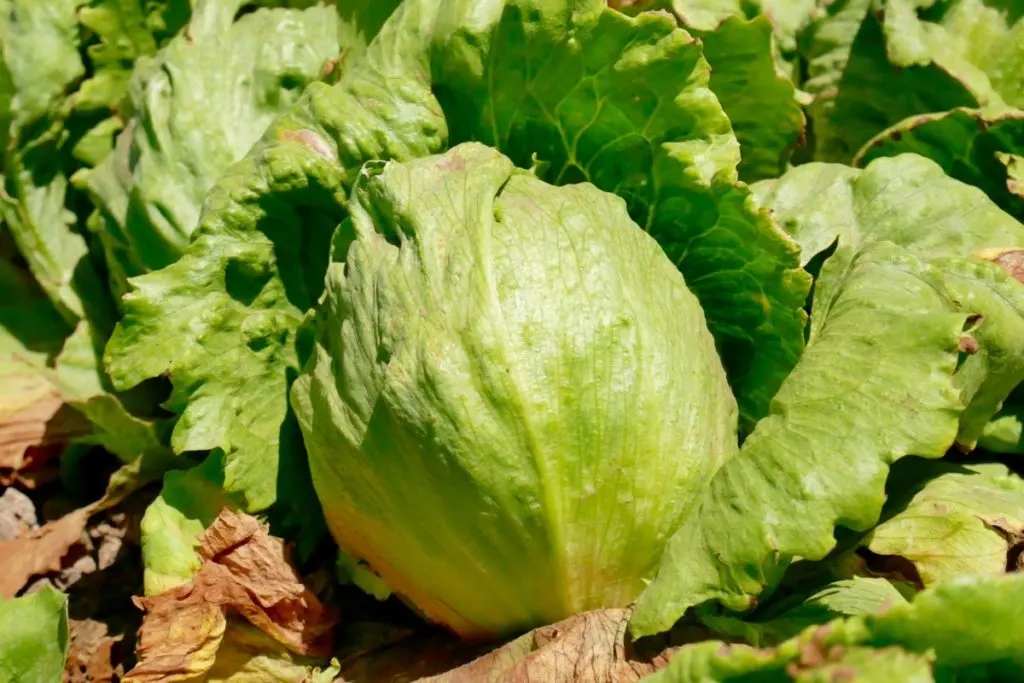
Yet, a head of lettuce is a thing of beauty. If you can manage to successfully grow it in your garden, you know your skills are on the up and up.
8. Sweet Corn
There is no summer without sweet corn, at least, not in my family. When I was a kid and sweet corn was two dollars a dozen, I scarfed down at least four ears in one sitting. With plenty of butter and salt, of course.
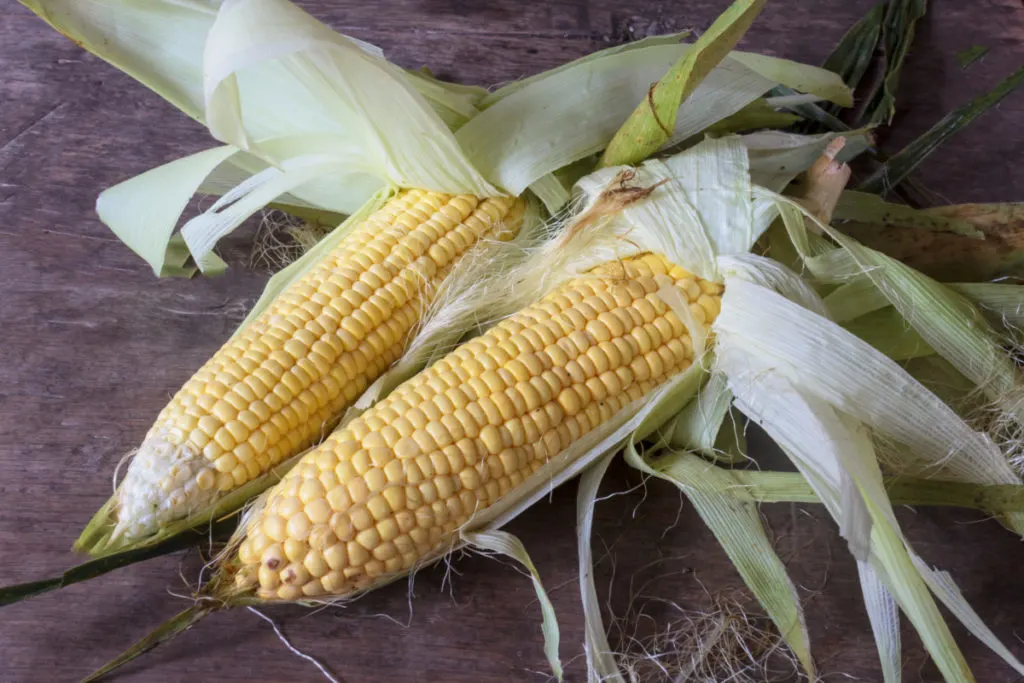
That’s what you get where corn grows.
Now, that I live in a mountainous region, there is no more sweet corn. It simply isn’t warm enough to grow it here. Optimal daytime temperatures for sweet corn are 60-85°F (16-29°C). More importantly, the temperature of the soil needs to be warm enough to sustain growth.
It isn’t only weather that can be a problem with growing sweet corn.
Sweet corn can be afflicted by all manner of things:
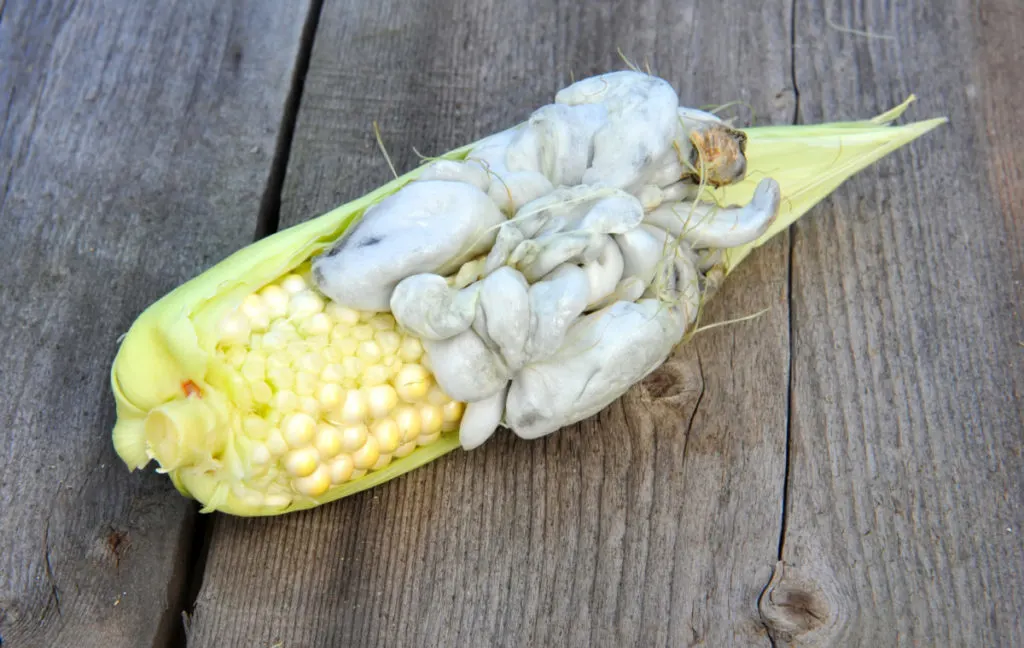
- corn smut
- rust
- root rot and seed rot
- corn leaf blight
- nematodes
- corn earworms
- wireworms
- flea beetles
- cutworms
- armyworms
- corn borers
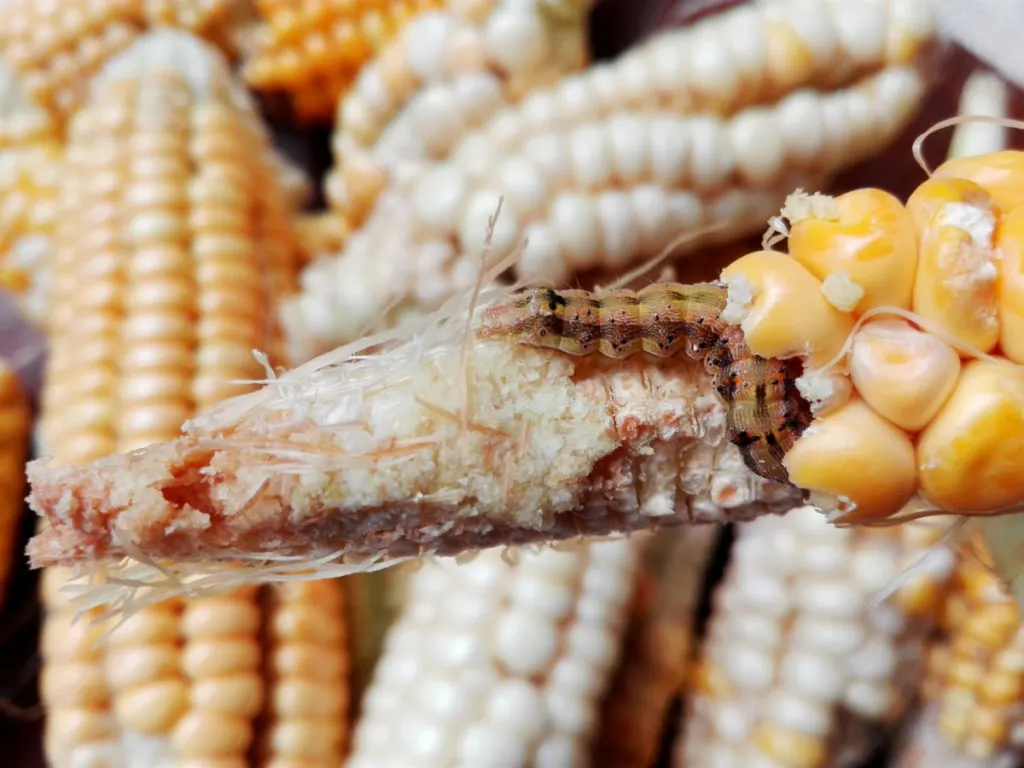
Naturally, all of these can be overcome by some means or another. Though it does take the knowledge to recognize and take care of them as the growing season progresses.
If you are curious to grow more than just sweet corn, go ahead and experiment with other varieties, such as glass gem corn. This is a flint corn that is suitable for grinding into cornflour.
Like with everything in life, you never know until you try.
9. Eggplant
Take one bite of delicious eggplant fries and you may just want to grow some eggplant in your garden.
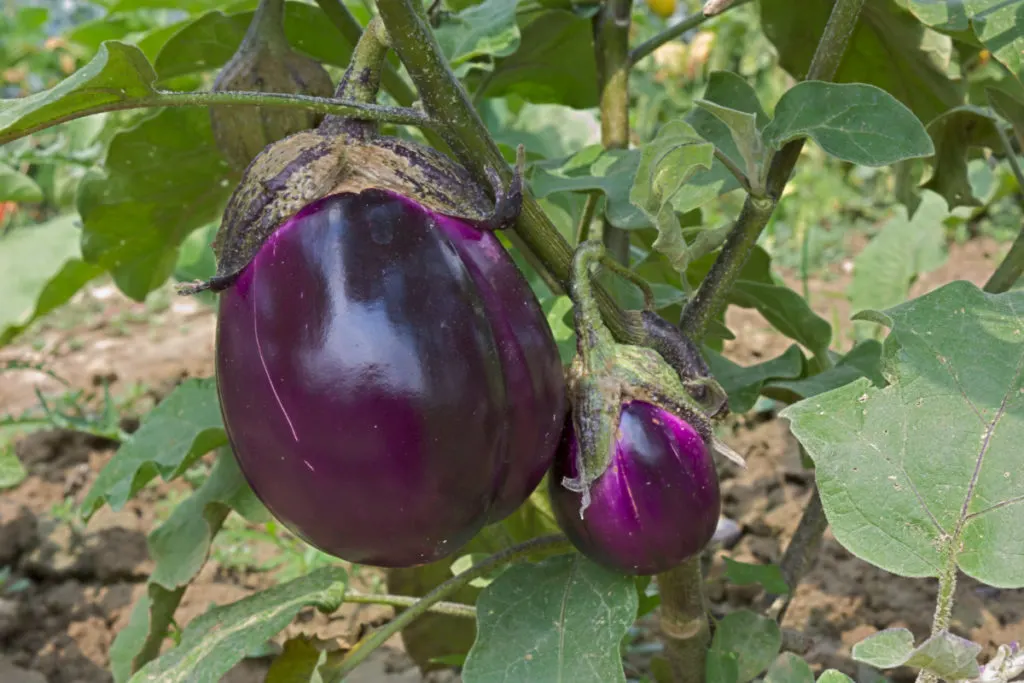
Do you have what it takes? Is your garden up to the challenge of raising this hard-to-grow vegetable (which is actually a fruit)?
What makes eggplant so hard to grow?
Again, these are sensitive plants. Sensitive to cold, rather than to heat.
They also attract many pests and diseases. Doesn’t that seem to happen with all the tastiest foods?
When growing eggplants in your garden, you may have to deal with the following insects and diseases:
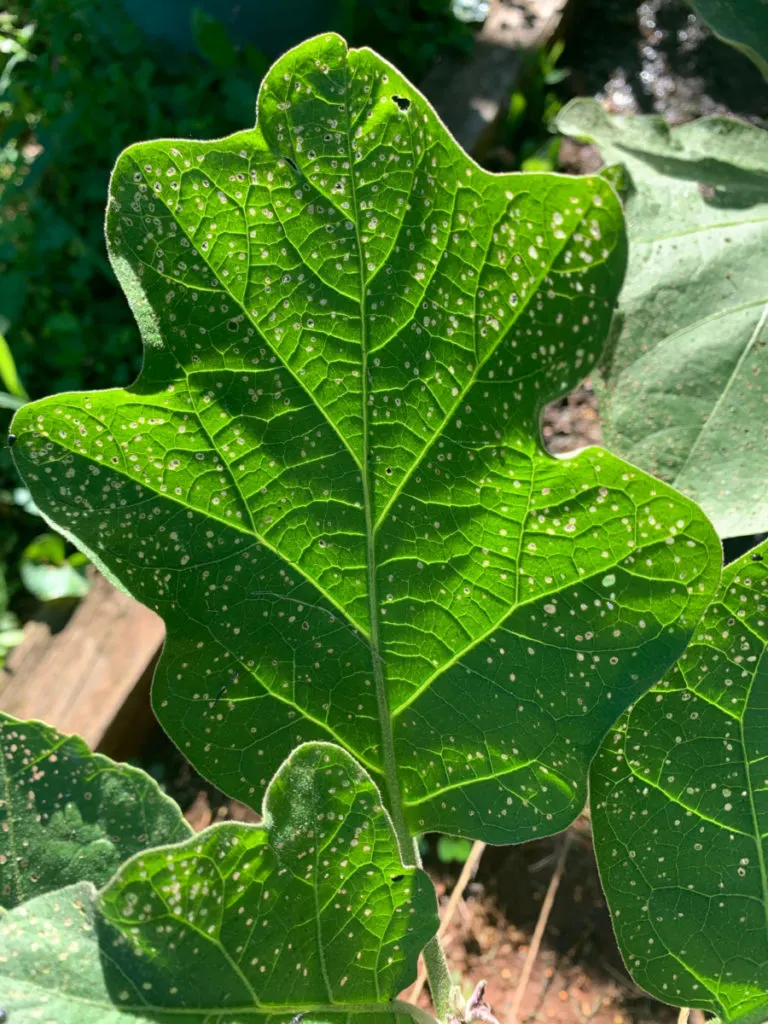
- flea beetles
- mites
- aphids
- cutworm
- tomato hornworms
- bacterial and verticilium wilt
- southern blight
- phytophthora blight (which also affects peppers)
- blossom end rot (which forms on tomatoes)
- Colorado beetles (coming over from the potatoes for a “second best” meal)
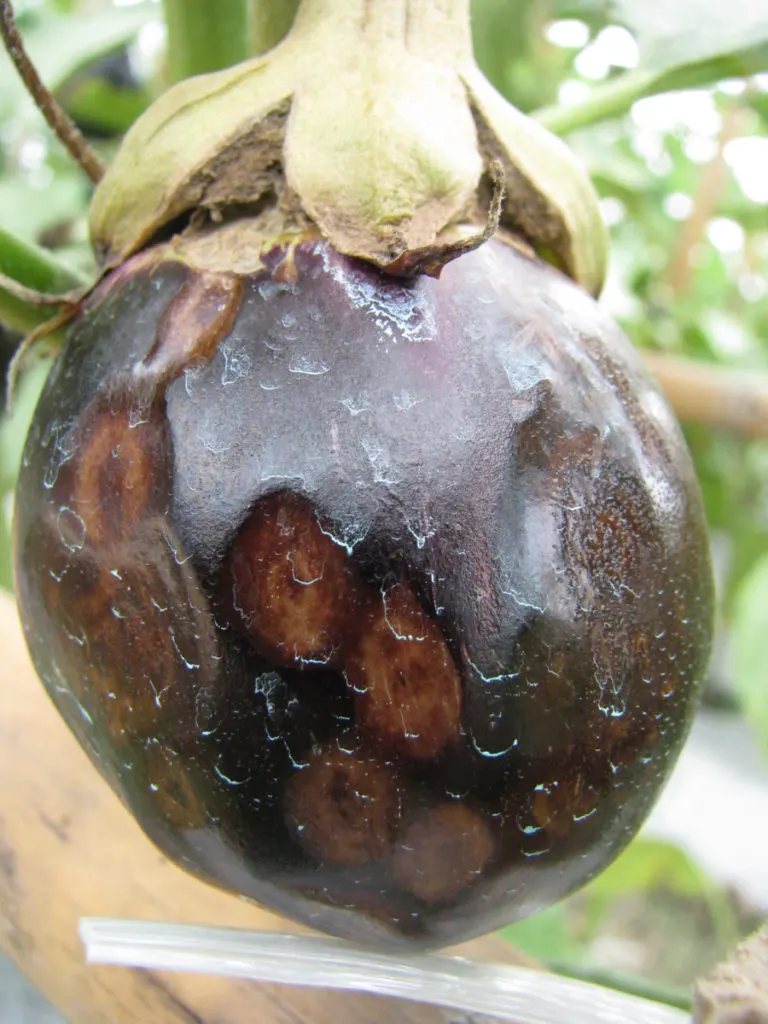
And yet, eggplants are tasty. Please don’t tell me you wouldn’t eat a dollop of smoky eggplant spread.
If you garden in a warm enough region, growing eggplant may be the exotic vegetable you have always been looking for.
Here are a couple of articles to help you decide if this is the year you will grow eggplant in your garden:
12 Incredible Ways to Cook Eggplant
How To Grow Eggplant and Tricks To Get More Fruit
10. Artichoke
Finally, we come to artichokes.
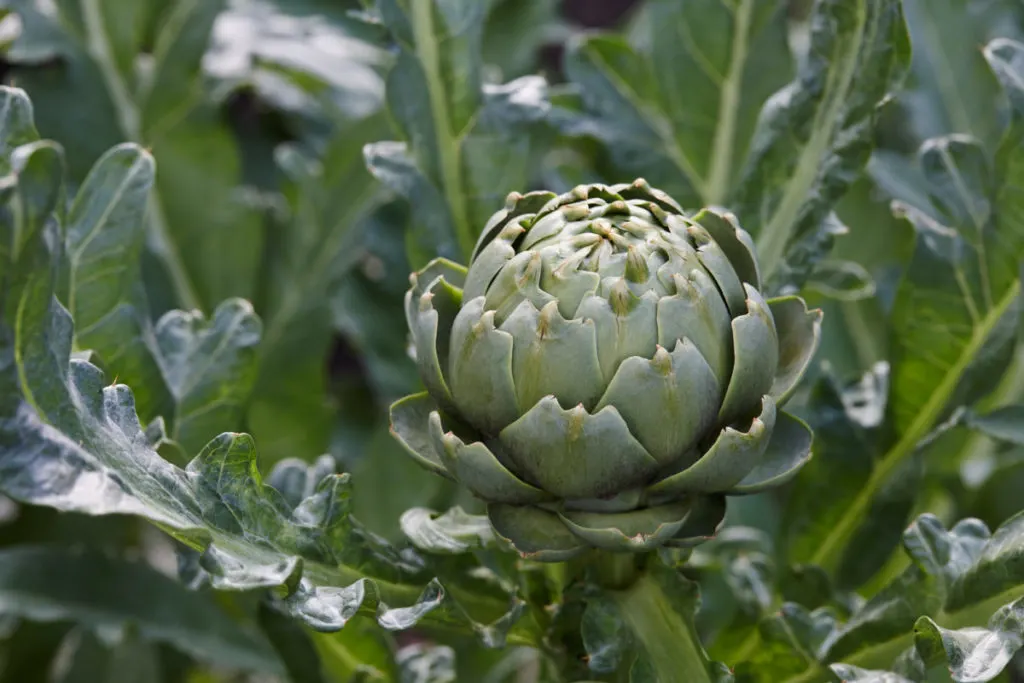
It’s not all that difficult to grow artichokes – if you can provide them with the right growing conditions.
That seems to be the theme here. The hardness, or difficulty, in growing many vegetables is often based on the growing conditions that you can provide. Making some veggies, harder or easier to grow.
So, what makes artichokes hard to grow?
Young plants are prone to damping off, slug and snails enjoy feasting on the entire plant, while powdery mildew and botrytis blight can bring it to its knees. If it had knees, that is.
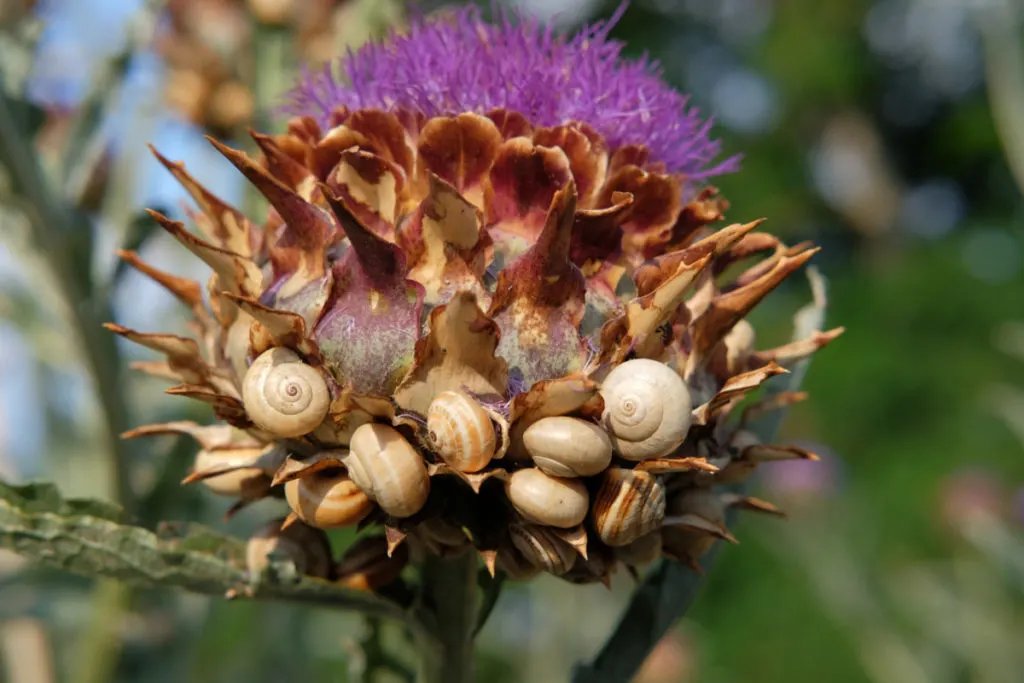
For the most part, crop rotation, companion planting, avoiding overhead watering and manually managing pests as they arrive, are the best strategies for growing your best crops.
This not only applies to artichokes, but to each and every plant that grows in your garden.
As you expand your set of gardening skills each season, you’ll soon find that the hardest vegetables to grow are difficult no longer.
The best gardening advice I can give is to grow what you like to eat. Everything else will fall into place.

Get the famous Rural Sprout newsletter delivered to your inbox.
Including Sunday musings from our editor, Tracey, as well as “What’s Up Wednesday” our roundup of what’s in season and new article updates and alerts.

